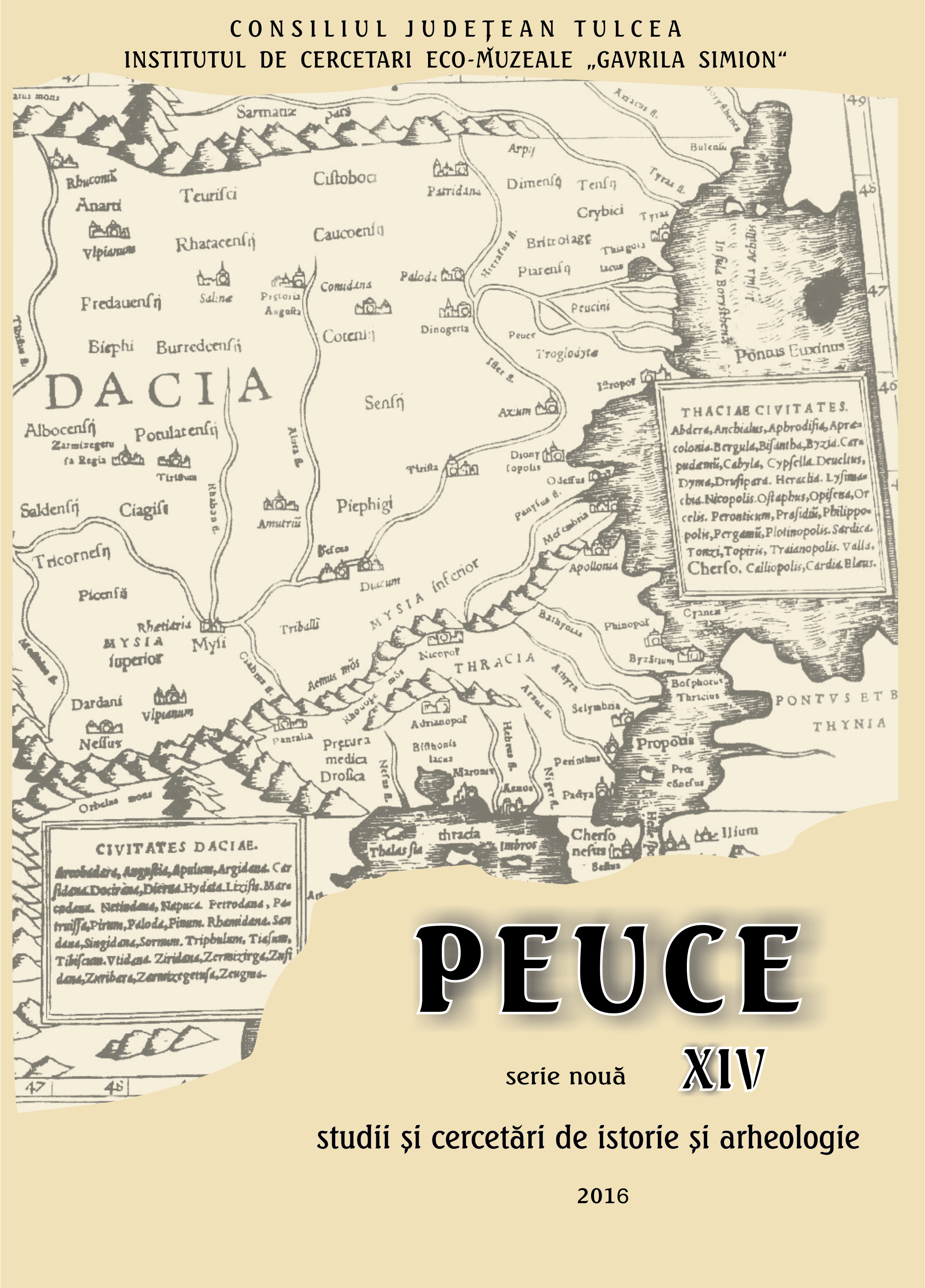Cartografierea cetăţilor medievale dispărute din Dobrogea. Studiu de caz: fortificaţiile turceşti
Cartography of the lost medieval fortresses of Dobruja. Case study: Ottoman fortifications
Author(s): Aurel StănicăSubject(s): History, Archaeology, Military history, Middle Ages
Published by: Institutul de Cercetari Eco-Muzeale Tulcea - Institutul de Istorie si Arheologie
Keywords: cartography;ottoman fortifications;tabya;palanka;fortresses;Dobrogeass;
Summary/Abstract: When preparing the documentation for some historical studies in order to update the zoning plans for the territorial-administrative units in Tulcea County, we encountered problems in locating the fortresses and fortifications built by the Ottomans in Dobrudja. Therefore, we initiated an extensive research to identify the historical documents and cartographic sources mentioning the plans of the Ottoman fortresses in Dobrudja. Cartography is an “image maker” throughout history, helping us put together the pieces of the evolution of Ottoman fortifications. Our endeavour has contributed to improved knowledge of historical geography, identifying sites that, unfortunately, are lost nowadays. Research was carried out in two main phases: the cabinet phase (analysis of topographic and cadastral maps, historical maps, documentary sources, imagery, GIS analysis) and the field phase (archaeological field research, archaeological topography, taking low altitude aerial photographs using drones – UAV). The analysis and interpretation of the aerial and satellite photographs represented the most intense activity, whose results were integrated into a GIS. This is actually the most effective working methodology for our purposes. Earthen fortifications have been included in our mapping project of lost missing medieval fortresses in the area between the Danube and the Black Sea. The tabya is the only evidence of a system of fortifications made by the Ottomans in the neighbourhood of the settlements: Tulcea, Isaccea, Babadag, Hârşova and Medgidia. The methodological approach opens new perspectives in the extended mapping of the archaeological landscape, studying the effect of the Ottoman conquest and domination in Dobrudja.
Journal: Peuce (Serie Nouă) - Studii şi cercetari de istorie şi arheologie
- Issue Year: XIV/2016
- Issue No: 14
- Page Range: 187-224
- Page Count: 38
- Language: Romanian

